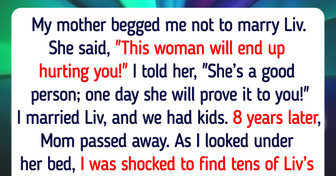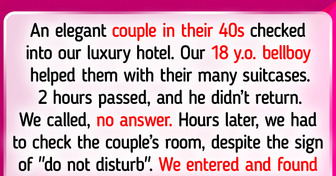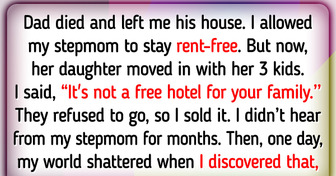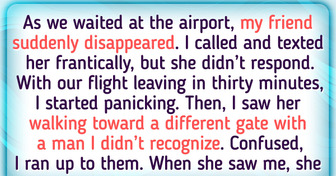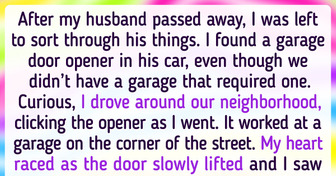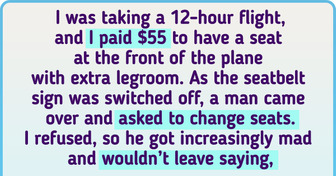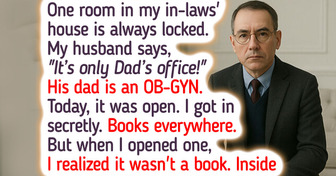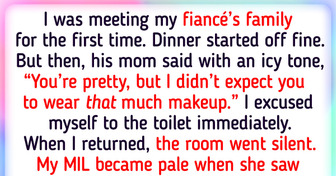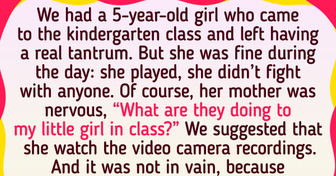10 Parents Who Take Boundaries and Smash Them Into Dust
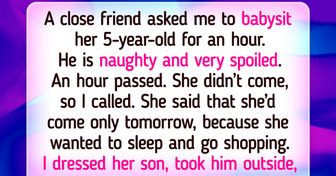
So you fall right into the heart of the black hole and prepare for a sad end. Well, you don’t have to! Falling into a black hole won’t necessarily destroy you or your spaceship. You have to choose a bigger black hole to survive.
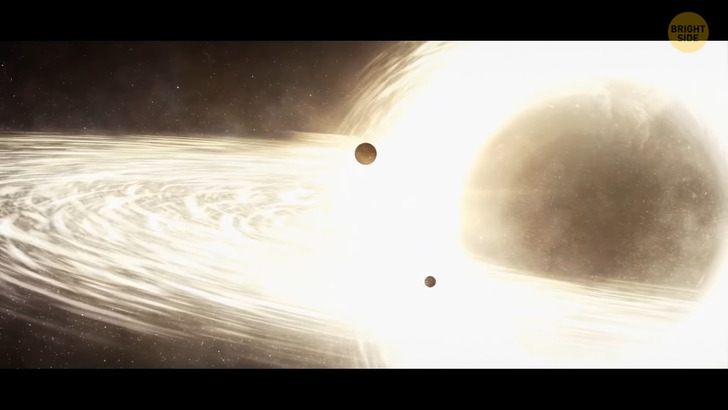
If you fall into a small black hole, its event horizon is too narrow. And the gravity increases every inch down. So if you extend your arm forward, the gravity on your fingers is much stronger than on your elbow. This will make your hand lengthen, and you’ll feel some discomfort. Rather significant, to be honest. Things change if you fall into a supermassive black hole like the ones in the center of galaxies. They can be millions of times heavier than the Sun. Their event horizon is wide, and gravity doesn’t change as quickly. So the force you’ll feel at your heels and at the top of your head will be about the same, and you can go all the way to the heart of the black hole. This myth is busted.
The next myth claims we can save the Earth from a giant asteroid with a big bam. The familiar plot is that a spaceship lands on the surface of an asteroid. A team of astronauts quickly drills a hole in it, leaves a present there, and flies away, then — bam! As a result, the asteroid may break into several pieces, and continue on its way to Earth. Well, big chunks of the asteroid fall to our surface, causing a lot of damage. So our mission is failed. Well, to save Earth, we really need a big bam. Only not inside the asteroid but right above its surface. When the boom happens, the force of the blast pushes the asteroid slightly downward. Even a slight change in trajectory would be enough to make the asteroid fly past Earth in the future. Done!
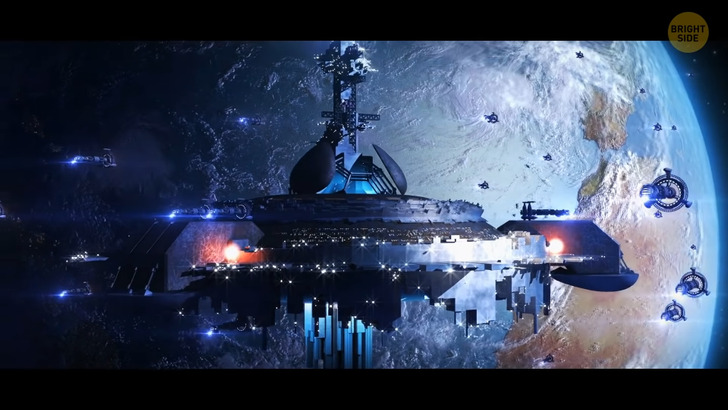
Oh, and if you made a big boom on an asteroid, you’d never be able to hear its loud sound. Yes, we often hear the sound of spaceships and battles in space in the movies, but that’s just a myth. Sound is a wave that spreads because of the vibrations of molecules. A person claps a few feet away from you. The sound wave begins to push the first air molecule next to the clap, then the second, third, and so on until the wave reaches your ear. So to spread sound, we need molecules like air or water. In our atmosphere, sound waves spread out just fine, but space is a vacuum. So it’s nothing here. You can clap your hands loudly there, but there just won’t be any molecules that can vibrate and carry that sound.
One more myth about asteroids. We need to fly a little farther than Mars’ orbit. Whoa, we’re in an asteroid belt, and we constantly have to dodge giant rocks and blocks of ice. We got in some dense asteroid cloud. Um... Not true. The fact is that space is huge, and the distances are incredible. All the rocks and debris in the asteroid belt are only 4% of the weight of the Moon. So there really aren’t that many of them there. To understand the size of the emptiness in space, look at the collision of two galaxies. There’re billions of stars in each of them. If we mix them up, it’s unlikely there will be any collisions even here.
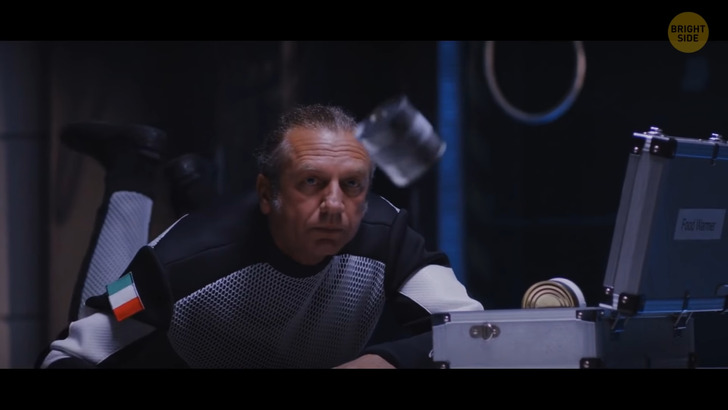
Another myth is that there’s zero gravity in our orbit. Imagine you’re in a huge box 10 miles up in the air. Now we let go of the box, and it starts to fall. You’re falling simultaneously with the box at the same speed. And now it’s as if you feel zero gravity. The same thing happens in orbit. The International Space Station is 250 miles above the Earth. And it’s falling continuously, though not on the surface of the planet, but around it, in its orbit. Its speed at this point is about 4.7 miles per second. It could cross the United States from the west coast to the east coast in just 8 minutes. So the astronauts there are experiencing the same thing. They’re just falling with the ISS at that speed.
Now, let’s look at the Moon. It always looks at us with one side. This means the Moon has a dark side, and the Sun’s rays never get there. That’s a myth. The whole point is that the Moon is gravitationally locked to the Earth. There’re days and nights there too. It’s just that this rotation is perfectly aligned with the rotation of the Earth. So whenever you look at the Moon, you only see one side. Although there’re days when the Sun shines there, too, so it’s not the dark side, it’s the far side. And we even have pictures of this place. And there’s one of the biggest craters in our entire Solar system, the South Pole-Aitken Basin. It’s as wide as 2 states of Texas. Yee-haw!
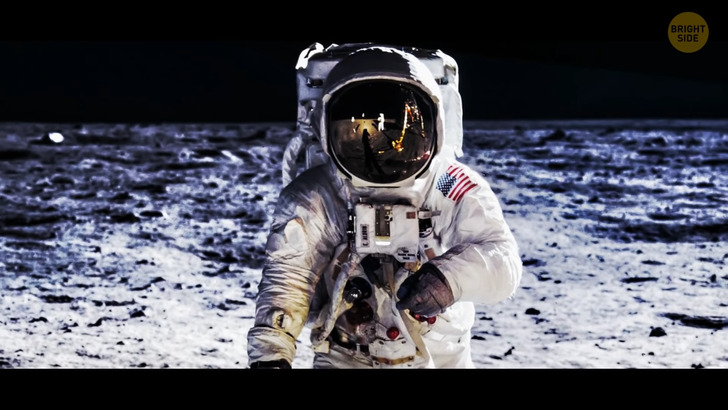
One myth that turned out to be untrue is that people have never actually been on the Moon. This is the original space suit of the first astronauts who were there. Look at the sole of the shoe. Some people claim there’s no way they could’ve left footprints like this there. Actually, they could. On the Moon, the astronauts wore extra boots over their suits, and their soles matched the footprints on the Moon perfectly. The astronauts didn’t grab them when they left the Moon. They left a lot of stuff there, too. They even ripped out the armrests of the sea ts in the lunar module to reduce its weight. Now, the total weight of human trash on the Moon is about 187 tons, including several lunar rovers, spacecraft debris, rocket stages, and lunar probes. That’s like 3 Boeing 737s!
The next myth is about summer. The hot season comes because the Earth approaches the closest distance to the Sun in a year. The Sun warms our planet more, and we all have to go to the beach. Not true. Let’s draw an axis through our planet. It’s slightly tilted on one side. And winter comes when our planet’s axis is tilted away from the Sun. But, over time, the axis tilts toward the hot star. Then its rays shine at such an angle that it gets warmer. It’s true, though, that the Earth happens to be at different distances from the Sun. This is because our orbit is not a perfect circle but slightly flattened — an ellipse. Normally we think of the distance to our star as about 93 million miles. But that distance may be longer or shorter than 3 million miles, depending on which point in our orbit we pass.
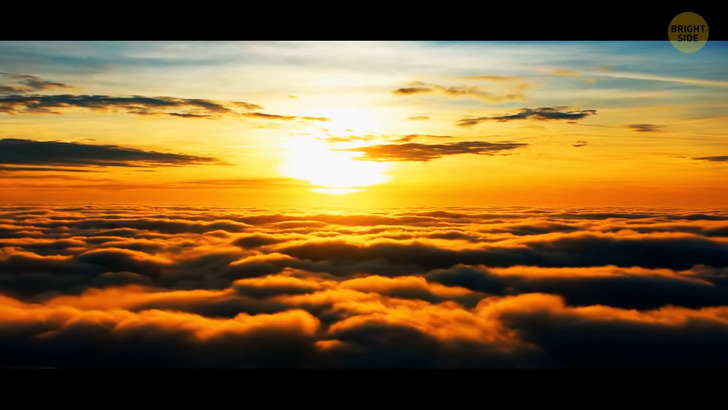
Another myth about the Sun is that it’s yellow. Let’s send you into space for this one. You look out the window, and... It’s white. The Sun only appears yellow to us through the filter of our atmosphere. The composition of the air and its thickness just distorts the light of the star. But stars do come in different colors. Cooler stars have bright orange and red colors. These are usually very old stars, older than our Sun. But young and very hot stars are bright blue. The Sun is about in the middle of this spectrum.
You’ve also heard about how if you take your spacesuit off in outer space, you’ll blow like a balloon. Well, our bodies are designed to function at atmospheric pressure, like outside. But space is a vacuum. Imagine a huge metal barrel. And we sucked out all the air from there. Add to that a temperature of minus 455 degrees Fahrenheit, and you have space. If you get into those conditions, all the air pockets in our body, like our lungs, would start to expand. So you could really blow like a balloon if it weren’t for our elastic tissues. They stretch and bend, so you keep your body size. You’ll have enough oxygen in your body to last about 20 seconds. Then your brain will begin to starve, and soon you’ll pass out.
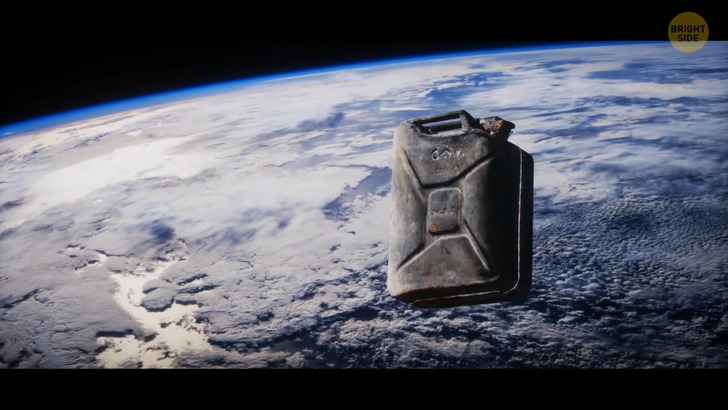
So you won’t blow up, and you won’t even freeze because you’ll be in a vacuum; it doesn’t conduct heat. For example, water conducts heat very well, and you feel cold from it instantly. But you feel better in the air of the same temperature. If you’re in the vacuum of space, the super-low temperature won’t be a problem for you. Much worse is solar radiation. On Earth, we have a shield against radiation in the form of the atmosphere. It blocks the harmful rays. In outer space, you would be defenseless. (But hey, between the vacuum, the cold temperatures, and the radiation, you’ll have no worries anymore. You’ll be toast!)
Another myth is related to cell phones. People think that when you dial your friend’s number, your phone sends a signal into space. There are a bunch of satellites out there that will pick up your signal and reflect it like a mirror right into your friend’s phone. No. Not true. However, there are satellite phones in the world that work that way. But when you make a cell phone call, your signal is transmitted through a system of cell towers from one to another until it gets to your friend’s phone. And then you can tell each other really important stuff.

